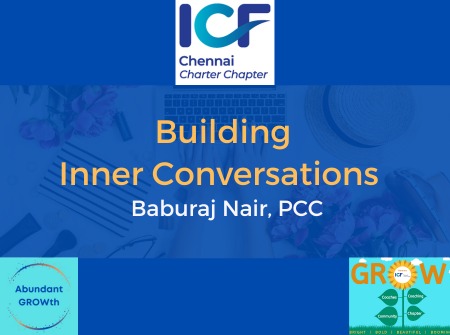Being naturally cautious, I’ve always tended to make decisions conservatively, aiming for the ‘safe’ middle ground. While this approach served me well for the most part, it led me to a stage in my worklife where I was frustrated and completely stuck. Flashback to 2019 and a high-point of my HR career – despite my role as part of the global leadership team, I found myself feeling burnt-out and dissatisfied with my corporate position. I was staying on in the role, for reasons that seemed obvious at the time – career advancement, financial stability, and leadership status. Yet a persistent inner voice was telling me I needed something more – work that was fulfilling and with opportunities for growth, both personal and professional.
Enter Fear-Setting:
It was at this pivotal point, while I was agonizing over my choices (or lack thereof), that I discovered the concept of “Fear-Setting,” popularized by Tim Ferris, a best-selling author and lifehacker. Ferris outlines this technique in a TED talk as a simple three-step process for navigating daunting choices or situations.
Step one: Acknowledge the fears that cloud judgment when faced with uncertainty. Create a simple three-column table: define potential negative outcomes, brainstorm preventive actions, and consider strategies for damage control if those outcomes occur.
What if I…?
| Define | Prevent | Repair |
| Lose job – no alternative role | Identify key roles matching skills & aspirations. Leverage support from mentors to pitch for alternative roles with boss | Reach out to internal or external mentors/advisors outside the function and company to plan fallback roles |
| … | … | …. |
Step two: In another table, list the potential benefits of pursuing the chosen course of action, envisioning success over the short to long term across various dimensions such as financial, physical, emotional, career, relationships, and personal development.
What might the Benefits of an Attempt or Partial Success?
(emotional, physical, mental, financial, career)
| 3 months | 1 year | 3 years |
| Increased motivation & engagement at work | New learning & personal development | Added functional & business skills |
| … | … | …. |
Step three: Quantify the “cost of inaction,” listing the negative impacts of maintaining the status quo over short, medium, and long terms. Often, the cost of inaction far outweighs the perceived risks of making a change.
What would be the Cost of Inaction?
(emotional, physical, mental, financial, career)
| 3 months | 1 year | 3 years |
| Burn-out or emotional breakdown | Negative spiral in personal relationships | Limited personal & professional learning & skills |
| … | … | …. |
The process can be immensely clarifying and insightful, in terms of picking the course of action right for you. A caveat: Fear-setting is not intended to be a universal solution to justify change for the sake of change. The fears that you have are often very real, and not unfounded. However, by examining them more closely, you can validate what’s true, versus what could be exaggerated in your mind, and perhaps holding you back. Fear-setting is a powerful aid to grounding your fears, and doing so makes them less amorphous and daunting – this can dramatically improve your ability to make informed and better decisions.
Reflecting on my own experience, I recall sitting down five years ago to conduct my first Fear-setting exercise. The realization of the costs of inaction was eye-opening. It propelled me to initiate candid discussions with my boss and mentors, ultimately leading to a new role over the next two months. Though it meant stepping away from the core leadership team, it offered a blend of talent management and consulting that brought me significant fulfilment. And most importantly – it gave me the chance to be directly involved with our internal leadership coaching program, which helped me make the next orbital shift in my career trajectory.
“Everything you want is on the other side of Fear” Fear-setting has since become a regular part of my reflection routine, empowering me to make key decisions with agency and fulfilment. As a coach, I’ve integrated this framework into my practice, helping clients break free from comfort zones and make progress toward their goals.
Fear-setting transcends mere acknowledgment of fears; it empowers individuals to confront them and take control of their lives. As a coach it can enable you and your clients to overcome perceived limitations and pursue aspirations with courage and clarity, leveraging fear as a catalyst for growth.
And for me, it brings to life one of my favourite quotations:
“Everything you want is on the other side of Fear”.
I would love to see it work for you too.
You can connect with Raj Dharmaraj Click Here



